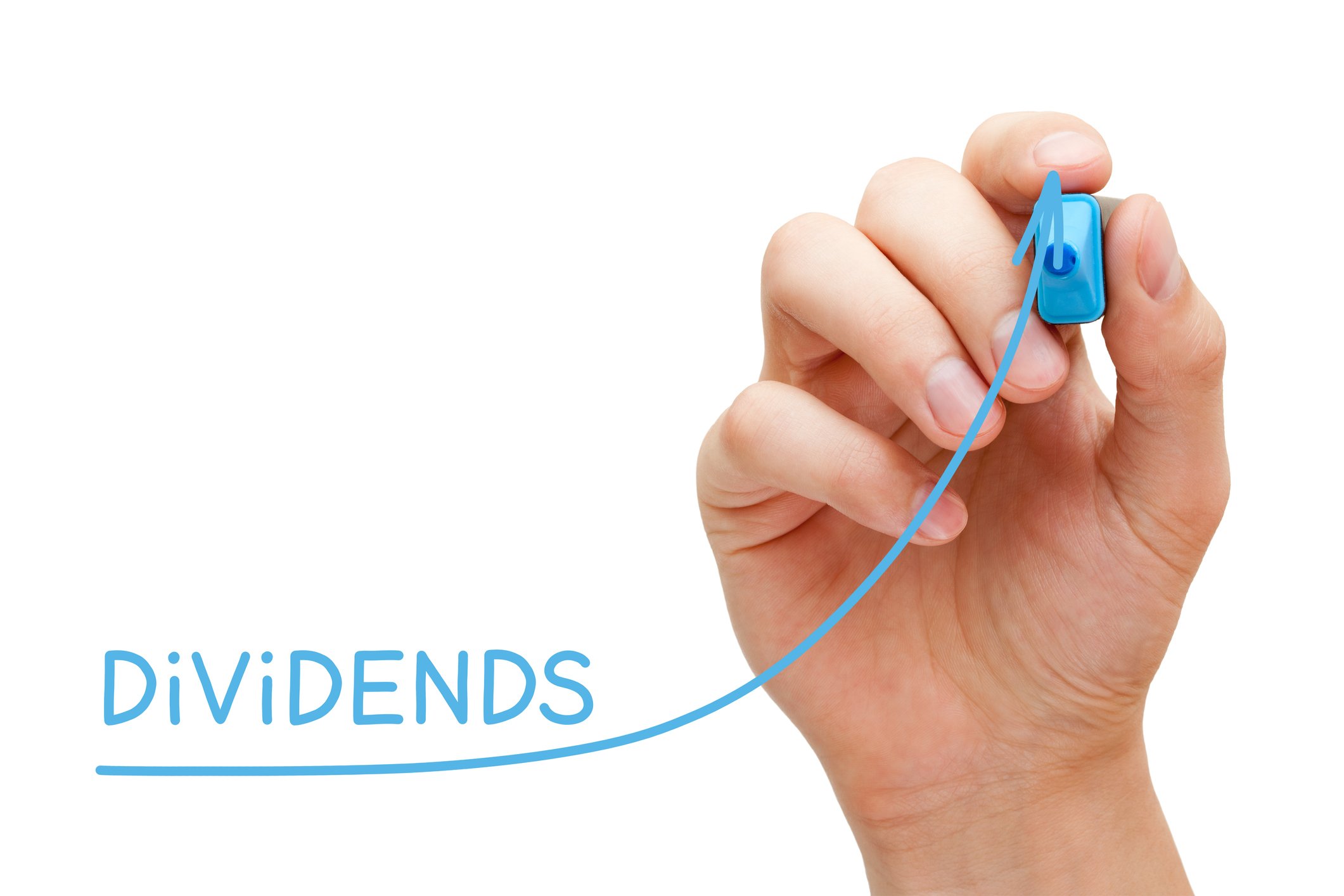The Canadian midstream giants have finally reported fourth-quarter earnings, as both TransCanada (TRP 0.07%) and Enbridge released their information last week. TransCanada reported on Wednesday, missing analysts' expectations on EPS and revenue. Now that the dust has settled, let's take a closer look.
General rundown
Revenue was up slightly to $2.09 billion, but fourth-quarter net income fell year over year, from $376 million in 2011 to $306 million in 2012. Earnings per share came in at $0.43, short of the $0.49 analysts were expecting.
Unlike Enterprise Products Partners (EPD 0.11%), which also experienced a drop in net income but still managed to set several full-year records, TransCanada hasn't had a great year overall. Let's take a closer look at its fourth-quarter performance to see if we can gain any insight on a brighter future.
Q4: Digging deeper
All three of TransCanada's business segments declined year over year in the fourth quarter. Here is how the EBITDA picture looks unit by unit:
|
Unit |
Q4 2012 |
Q4 2011 |
% Change |
|---|---|---|---|
|
Natural Gas Pipelines |
$690 |
$716 |
(3.6)% |
|
Oil Pipelines |
$172 |
$179 |
(3.9)% |
|
Energy |
$222 |
$254 |
(12.6)% |
Source: Company release. Dollar figures in millions.
Let's start with the energy segment, which experienced the biggest percentage drop. There were all sorts of things going wrong here, beginning with the Sundance A force majeure, and ending with the Bruce A life extension outage. Neither unit generated any revenue in the fourth quarter. They both belong to TransCanada's Western Power business unit, which was the only portion of the energy segment to experience a decline. Eastern Power and U.S. Power both increased earnings year over year.
Next up is the oil pipelines segment, which only declined $7 million on the quarter, which management attributed to increased business development activity and related costs. Its Keystone pipelines (not the XL portion) generated $180 million in EBITDA, which was a $1 million increase year over year.
Finally we have the company's largest segment: natural gas pipelines. Lower revenue and higher costs on both the ANR and Great Lakes systems stung TransCanada this quarter, as EBITDA on those systems declined $10 million and $9 million, respectively. However, the biggest problem in this segment continues to be TransCanada's mainline pipeline.
All the buzz about the Keystone XL approval means that people not only forget that TransCanada has other assets; its biggest problem isn't its oil sands line, but the fact that no one wants to ship gas on the Mainline anymore. Take a look at the system's EBITDA numbers over the last five years:
|
Year |
Mainline EBITDA |
|---|---|
|
2008 |
$1,141 |
|
2009 |
$1,133 |
|
2010 |
$1,054 |
|
2011 |
$1,058 |
|
2012 |
$994 |
Source: Company releases. Numbers in millions.
For the full year 2008, the Mainline earned TransCanada well over a $1 billion. By 2012, it failed to reach the billion dollar mark. The Mainline is in dire straits, which is why TransCanada is planning to make a change.
An application for a toll increase is currently pending with Canada's National Energy Board. Beyond that, the company hopes to convert part of the Mainline system from natural gas to crude oil. The Mainline is actually comprised of a group of five pipes; converting just one to crude oil would allow TransCanada to ship 900,000 barrels per day from Alberta to Ontario. The conversion is still in the early stages and lacks important details like potential end points, shipping commitments, estimated costs, and construction timetable, though the company hopes to begin the regulatory application by the end of this year.
It seemed like every other analyst on the TransCanada conference call had a question about the Mainline. Make no mistake, if you are considering adding TransCanada to your portfolio you must take a long hard look at this situation.
The dividends
Somehow, despite all this not so great news, TransCanada increased its dividend 5% to $1.84 on an annualized basis. An analyst pointedly asked management about the increase on the heels of $1.89 of EPS, which indicates a very high payout ratio for the company. Donald Marchand, TransCanada's CFO fielded the question:
Dividend growth will follow earnings growth. We've talked about some of the anomalies of 2012. We do have a lot of projects coming onstream. We also still have a lot of capital that's tied up in projects that aren't generating any revenue yet.
He then goes on to list the Gulf Coast project, Keystone XL, and the Bruce power project, stating management feels comfortable that TransCanada will grow back into a normal payout ratio of 70%-80%.
Foolish takeaway
Though there was some good news here, it really wasn't a great quarter for TransCanada, especially given the performance of some of its midstream peers. But despite the lackluster results, the stock has only fallen 2% since the earnings release. Investors may be content to hold on to see the results of a massive $12 billion injection of capital over the next three years, and the U.S. government's final decision on Keystone XL, which is expected in the first half of this year.







